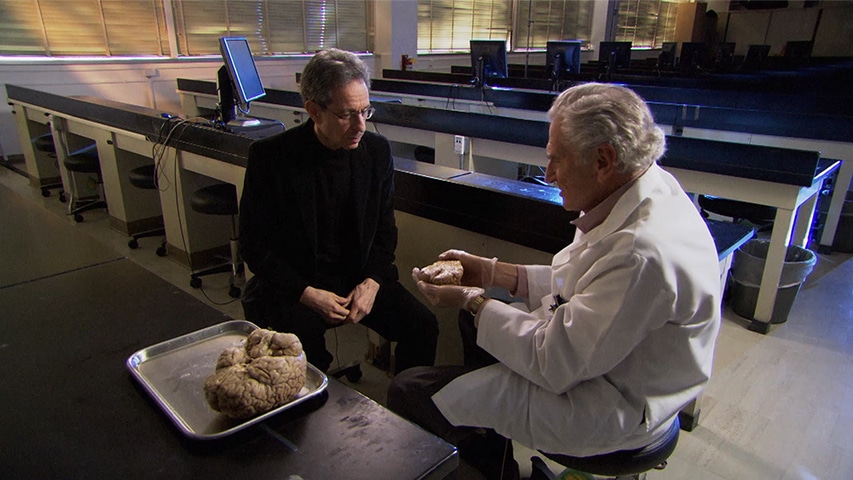Marvin Lee Minsky was an American cognitive scientist in the field of artificial intelligence (AI), co-founder of Massachusetts Institute of Technology’s AI laboratory, and author of several texts on AI and philosophy.
Minsky served in the US Navy from 1944 to 1945. He held a BA in Mathematics from Harvard (1950) and a PhD in mathematics from Princeton (1954). He joined the MIT faculty in 1958 and, in 1959, he and John McCarthy founded what is now known as the MIT Computer Science and Artificial Intelligence Laboratory.
Isaac Asimov described Minsky as one of only two people he would admit were more intelligent than he was, the other being Carl Sagan. Minsky’s inventions include the first head-mounted graphical display (1963) and the confocal microscope (1957, a predecessor to today’s widely used confocal laser scanning microscope). He developed, with Seymour Papert, the first Logo “turtle”. Minsky also built, in 1951, the first randomly wired neural network learning machine, SNARC.
Minsky wrote the book Perceptrons (with Seymour Papert), which became the foundational work in the analysis of artificial neural networks. He also founded several other famous AI models. His book “A framework for representing knowledge” created a new paradigm in programming. While his “Perceptrons” is now more a historical than practical book, the theory of frames is in wide use. Minsky was an adviser on the movie 2001: A Space Odyssey and is referred to in the movie and book.
In the early 1970s at the MIT Artificial Intelligence Lab, Minsky and Seymour Papert started developing what came to be called The Society of Mind theory. The theory attempts to explain how what we call intelligence could be a product of the interaction of non-intelligent parts. In 1986, Minsky published The Society of Mind, a comprehensive book on the theory which, unlike most of his previously published work, was written for a general audience.
In November 2006, Minsky published The Emotion Machine, a book that critiques many popular theories of how human minds work and suggests alternative theories, often replacing simple ideas with more complex ones. Recent drafts of the book are freely available from his webpage. Minsky won the Turing Award in 1969, the Japan Prize in 1990, the IJCAI Award for Research Excellence in 1991, and the Benjamin Franklin Medal from the Franklin Institute in 2001. In 2006, he was inducted as a Fellow of the Computer History Museum. In 2011, Minsky was inducted into IEEE Intelligent Systems’ AI’s Hall of Fame for the “significant contributions to the field of AI and intelligent systems”.
Marvin Minsky was affiliated with the United States National Academy of Engineering, the United States National Academy of Sciences, Extropy Institute’s Council of Advisors, Alcor Life Extension Foundation’s Scientific Advisory Board, and kynamatrix Research Network’s Board of Directors.
Minsky passed away in 2016.



























